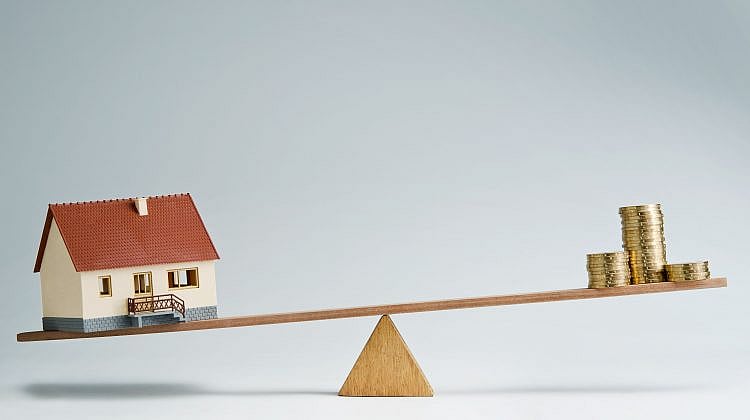LVR stands for Loan to Value Ratio, and is a comparison of how much you’re borrowing with your mortgage (the Loan) to how much the property you’re purchasing is worth (the Value).
For example, if a property is valued at $500,000, and you pay a deposit of $100,000, you’ll need to borrow $400,000 with your mortgage, resulting in an LVR of 80%.
LVR vs deposit
While many borrowers prefer to think of home loans in terms of the required deposit size (e.g. 20% deposit, 10% deposit, or 5% deposit), banks and lenders tend to refer to LVR instead:
| Deposit | LVR |
|---|---|
| 20% | 80% |
| 10% | 90% |
| 5% | 95% |
Why is LVR important?
LVR is one of several factors that banks and lenders use when assessing a borrower’s home loan application. Generally, the lower the LVR (e.g. the higher the deposit), the higher the loan’s security, and the more likely the loan will end up being approved (though other conditions will also apply).
LVR is also used to determine whether or not a borrower will need to pay for Lender’s Mortgage Insurance (LMI) with their home loan. Generally, if a home loan has an LVR higher than 80% (e.g. a deposit of less than 20%), the borrower will need to pay for insurance to cover the higher risk to the lender in case the borrower was to default on their mortgage repayments. LMI costs can be quite high, and can make applying for a home loan much more expensive.

